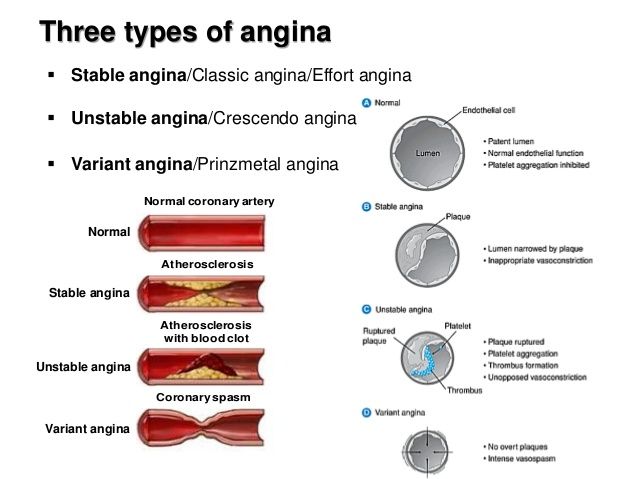
Prinzmetal angina is caused when a deep-seated coronary artery spasm causes a temporary constriction of its arterial wall, causing the heart muscle to contract. Angina is commonly caused by atherosclerotic plaques, which are hard deposits of cholesterol that form on the walls of arterial walls and become compacted and hardened as they collect together. The buildup of atherosclerotic plaques is due to hardening of arterial walls as a result of damage caused to the arterial walls, as well as the inflammation caused by various inflammatory factors, such as virus infection.
Prinzmetal angina are usually caused when atherosclerotic plaques get trapped in the walls of the arterial walls and cause them to harden. When atherosclerotic plaques develop into thick plaques, they form clumps or layers of plaque that deposit in the arterial lumen. Prinzmetal angina occur when these thick layers of plaque deposit in the lumen of the arterial wall and the heart muscle contractions begin to weaken. At times, atherosclerotic plaques are not thick but come in small clusters or micro-sangria, forming thick lumps that gradually harden into the plaques responsible for Prinzmetal angina. As a result of this hardening, the arterial walls are unable to dilate because of its hardened structure.
Prinzmetal angina are more common in individuals with coronary artery spasms. Prinzmetal angina can occur at any stage of coronary artery spasm, even when the patient does not have any symptoms of heart disease at all. The coronary artery spasm can be either primary or secondary. Primary angina is more severe than secondary angina.
Primary coronary artery spasm can occur in two forms: the narrowing of the coronary arteries due to hardening of arterial plaques, and also because of the buildup of plaque and other inflammatory substances in the arterial walls, such as mononuclear cells and platelets. Secondary coronary artery spasm occurs when the narrowing of the arterial arteries is caused by the accumulation of plaque and other inflammatory substances. Secondary angina may occur due to heart disease itself, especially if the plaques in the arterial walls are already too big.
When there are no symptoms of coronary disease, atherosclerotic plaques tend to build up and harden in the arterial walls. When this process reaches a certain level, atherosclerotic plaques form into large masses and block the arterial arteries, which causes coronary artery spasms, thus causing the formation of Prinzmetal angina.
It has been proven that there are two types of angina: stenosis (angina caused by arteries narrowing and atherosclerotic plaques) and pericarditis (angina caused by plaque buildup inside the coronary arteries). In the case of stenosis, the symptoms of atherosclerotic plaques and coronary artery spasms are usually similar. However, in case of pericarditis, the symptoms are more acute.

There are several ways to treat coronary artery spasms and angina
One is by controlling the arterial flow.
By controlling the arterial blood flow, angina is treated in two different ways: by keeping the blood flowing in the arterial walls and controlling the contractions of the heart muscle and the coronary arteries. The other way is by giving drugs which will stimulate the contracting and relaxing of the cardiac muscles.
In order to prevent the onset of Prinzmetal angina, it is important to control the coronary arteries by controlling the contractions of the heart muscle and the coronary arteries. This is achieved by taking statin medicines which contain fibrates such as warfarin, atorvastatin, rosuvastatin, atorvastatin and lopidoderm. These medicines can effectively slow down the increase of cholesterol levels.
Prinsilangina is usually diagnosed through a physical examination. There are several tests that can be done, such as angiotomiesisogram, coronary angiography, blood pressure, chest x-ray, ultrasound or computed tomography scan.
For controlling the aneurysmal contractions, it is important to take drugs like prilosec or atenolol, which are mainly used to treat high cholesterol. If the Prinzmetal angina is not treated, the only possible treatment is to reduce the amount of cholesterol in the body.
Prinsilangina may result from other cardiovascular diseases as well. Some people may experience angina due to coronary disease. In such cases, the doctor will also do angiotomies or other tests.